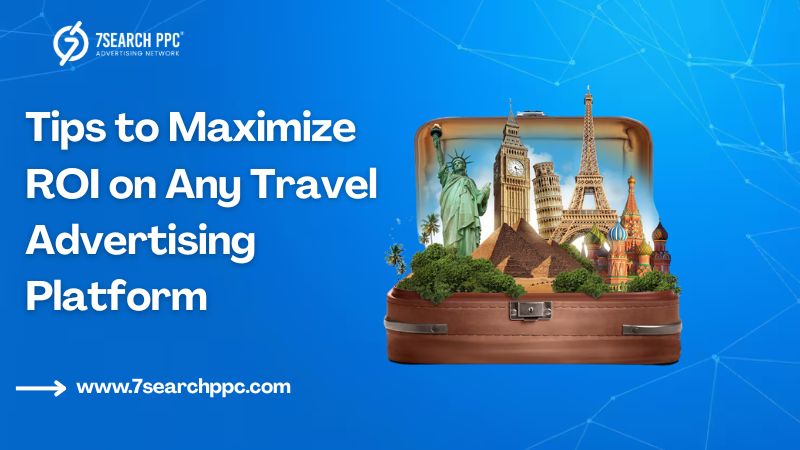frozenanna
Member
- PG Coin
- 3,470
Why Use a Travel Advertising Platform in 2025?
In 2025, the travel industry is more competitive, tech-driven, and customer-focused than ever. If you're a travel brand, agency, or tour operator, relying on traditional marketing methods alone won’t cut it. To thrive in this digital-first world, leveraging a specialized travel advertising platform is no longer optional — it’s essential.

In 2025, the travel industry is more competitive, tech-driven, and customer-focused than ever. If you're a travel brand, agency, or tour operator, relying on traditional marketing methods alone won’t cut it. To thrive in this digital-first world, leveraging a specialized travel advertising platform is no longer optional — it’s essential.

Here’s why
- Hyper-Targeted Reach
Reach travelers based on search intent, location, interests, and even past travel behavior. These platforms let you connect with the right audience at the right time. - AI-Powered Personalization
Modern platforms use artificial intelligence to automatically adjust ad creatives and delivery for each user — boosting clicks and conversions. - Omnichannel Presence
Advertise across multiple channels — search, display, social, video, native — from one dashboard. Stay visible wherever your audience goes. - 4. Better ROI with Smart Bidding
Platforms use real-time data to bid smartly, ensuring you get the most out of every advertising dollar. - Data-Driven Insights
Get access to robust analytics that help you measure campaign performance, understand customer behavior, and plan better strategies. - Increased Competition in the Industry
As post-pandemic travel demand surges, the market is crowded. Ad platforms help you cut through the noise and capture attention. - Seamless Integration with Booking Engines
Many platforms integrate directly with booking systems, allowing users to go from ad to reservation in just a few clicks. - Dynamic Creative Capabilities
Showcase real-time pricing, deals, and travel packages using dynamic creatives that adapt based on user preferences.
